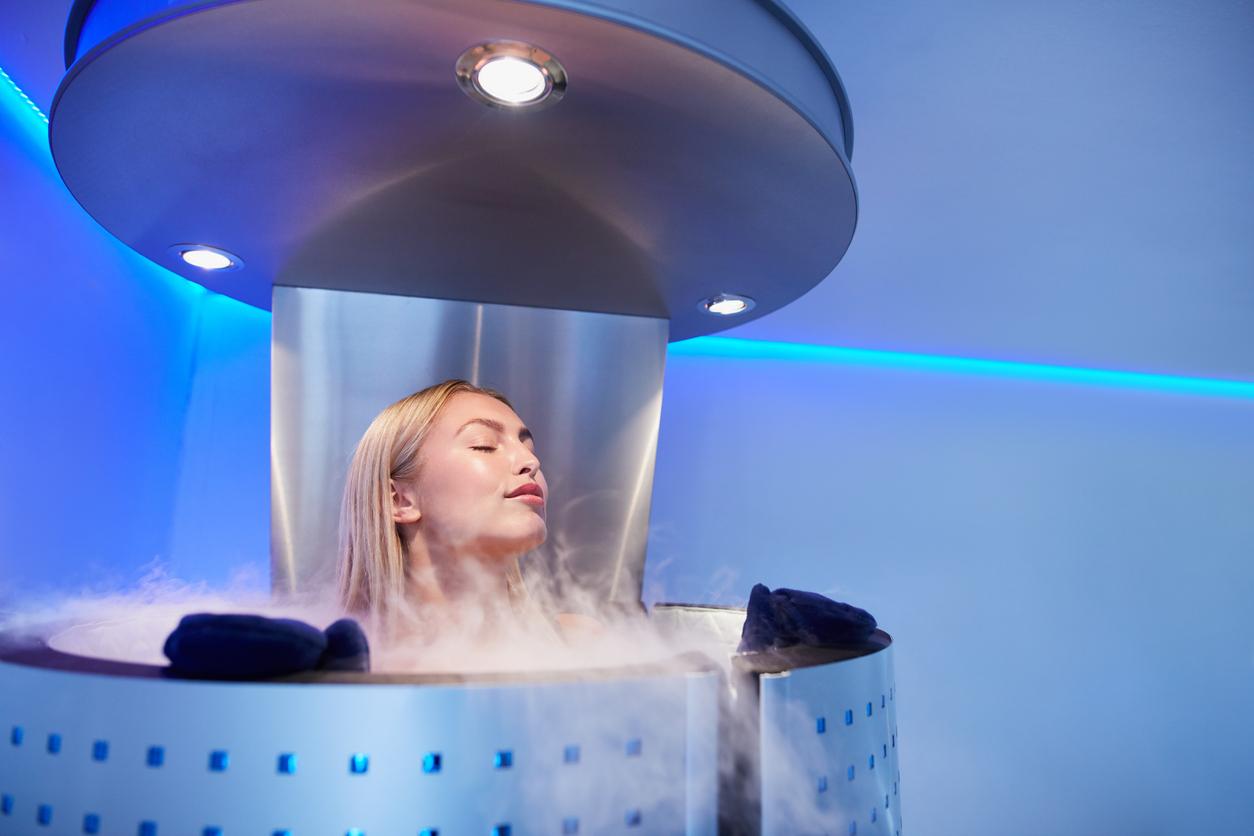According to a recent study, there are very few differences between the sexes in the physiological response to a feeling of cold.

- American researchers found very slight gender differences in the perception of room temperature under ambient conditions.
- However, when temperatures dropped, women began to make metabolic changes earlier than men.
- Body size and composition are more likely than gender to influence perception of ambient temperature.
Multiple cohorts have shown that women, on average, feel colder than men when living or working in a room at ambient temperatures. Problem: very little research has been done to find the basis for these claims. This is why researchers from the National Institute of Diabetes and Digestive and Kidney Diseases (United States) conducted a study to better understand human thermoregulation.
16 women and 12 men remained seated in a room whose temperature varied from 17 to 31°C
As part of their work, they measured the energy response of healthy young adults of both sexes at different ambient temperatures. In total, 16 women and 12 men were recruited. Participants first had to undergo an analysis of several of their metabolic parameters, such as the proportion of brown adipose tissue in their body, skin temperature and core body temperature. Then everyone was asked to sit in a room for five hours. All volunteers wore clothing provided by the scientists to ensure that what they wore did not affect temperature perception. During the experiment, the team changed the temperature (from 17 to 31°C) over short time intervals. With each change in temperature, she asked the volunteers if they were cold or not and also checked if they had chills.
In case of low temperatures, women showed metabolic changes earlier
When examining the data, the authors found very few differences between the sexes. According to the results, published in the journal Proceedings of the National Academy of Sciences, most volunteers reported feeling cold at almost the same temperature. There was no difference in temperature for the onset of shivering. However, a small physiological difference was observed. Women experienced what they describe as “a colder lower temperature” than men, meaning they began making metabolic changes earlier than men when temperatures dropped, which helped them to stay warm. This also resulted in a slightly higher core body temperature when exposed to colder temperatures.
“In conclusion, the main factors contributing to individual differences in human thermoregulation are physical attributes, including body size and composition, which may be partially influenced by sex,” the researchers wrote.















